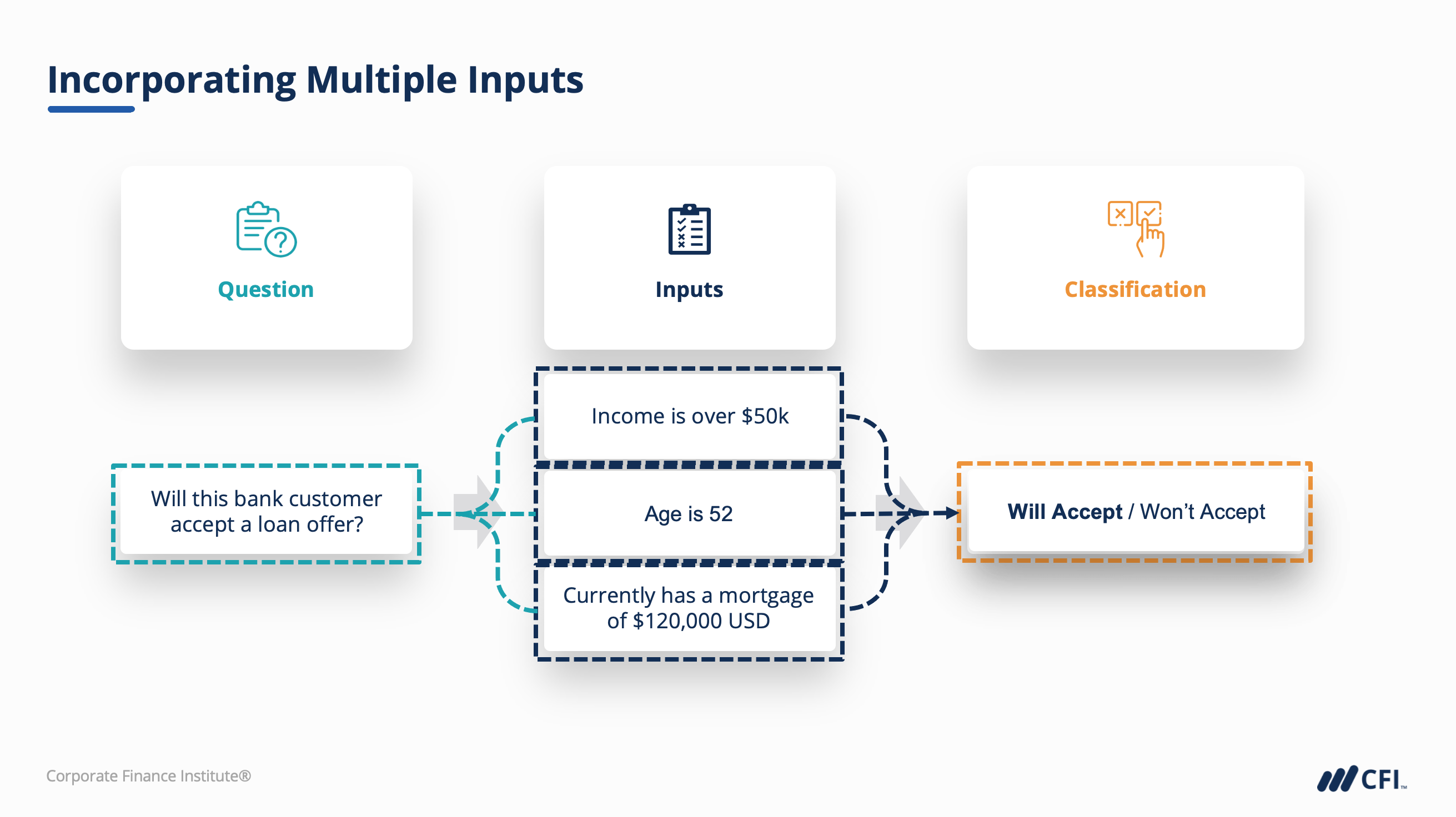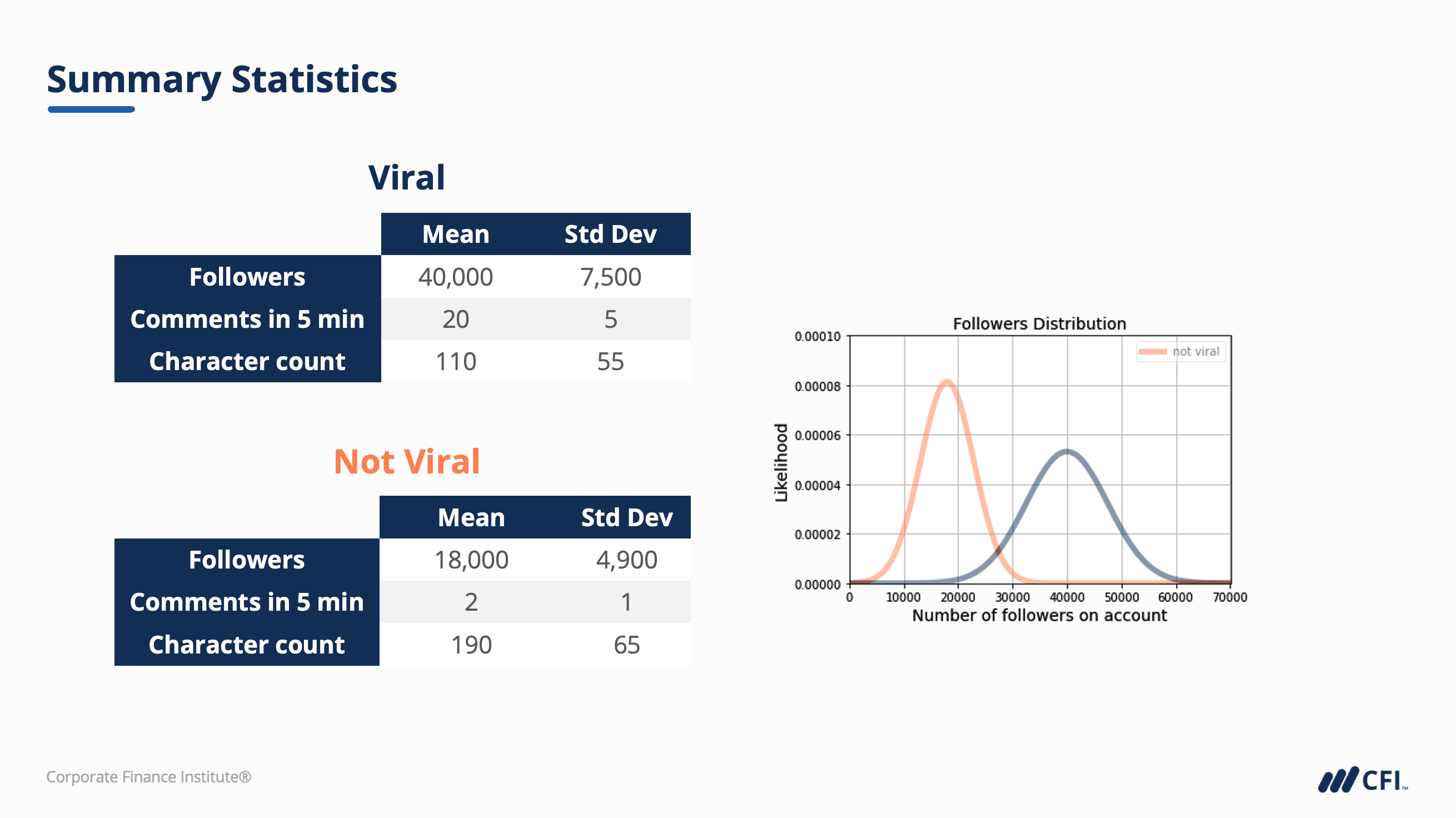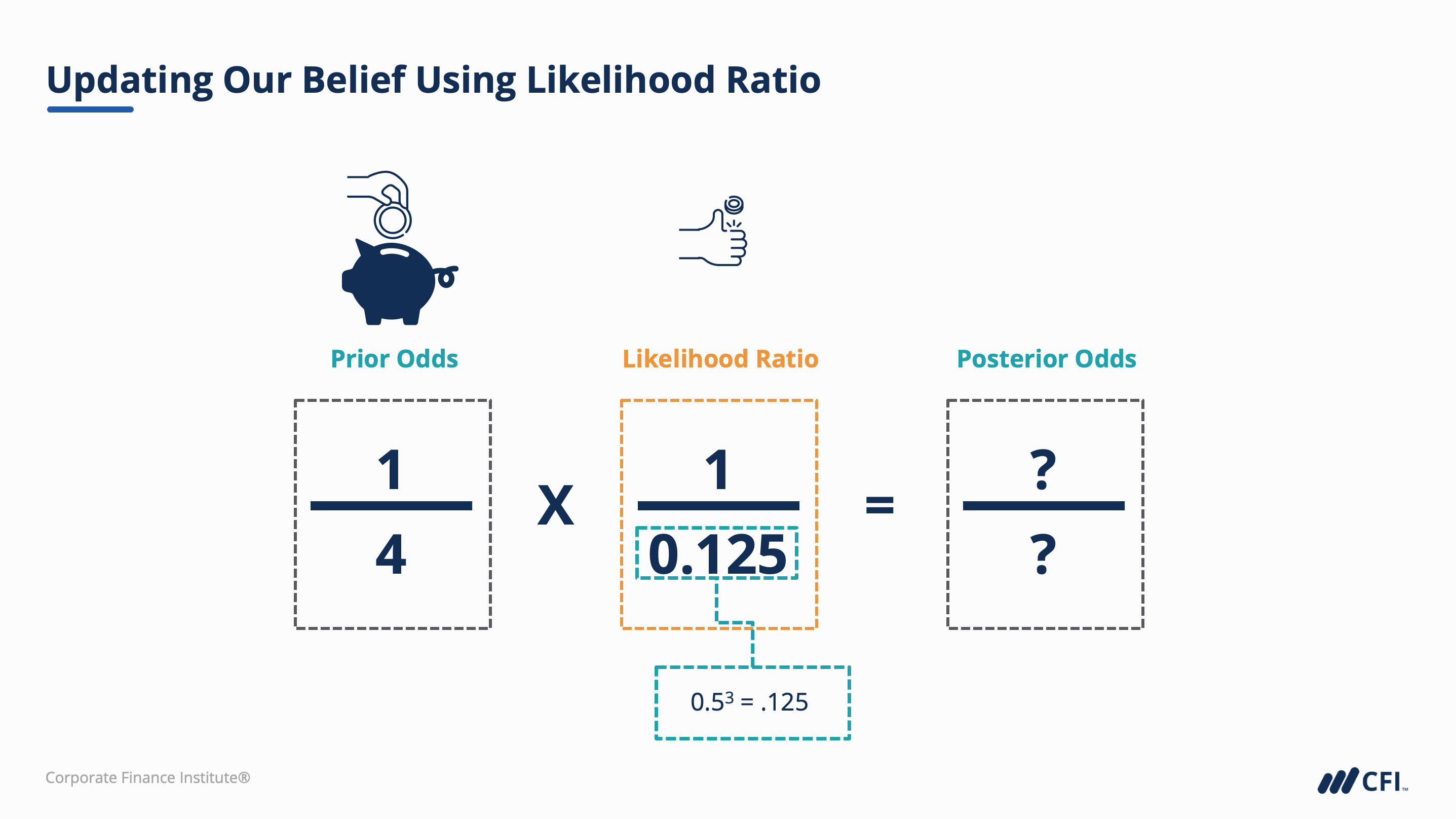Overview
- Bayesian Thinking Course Overview
Bayesian methods give us an alternative way to think about probability, with applications in business decision-making.
While traditional statistics requires us to observe a meaningful sample to inform decisions, Bayesian methods allow a “best guess” approach based on available information. These approaches also allow us to include other information such as beliefs and outside knowledge.
This course will take you on a step-by-step journey, from traditional statistical approaches, through conditional probability and Bayes Theorem. These concepts will form a foundation to help you understand two basic Machine-Learning examples introduced in the course. In the end, you’ll produce a real-world classification model using Python.

Bayesian Thinking Objectives
Upon completing this course, you will be able to:
- Describe, compare, and contrast the three main approaches to probability
- Understand the fundamentals of the Bayesian approach—such as conditional probability, priors, and updating beliefs
- Apply Bayesian methods such as Bayes theorem and contingency tables to simple problems
- Describe two Bayesian machine learning methods—multinomial and gaussian Bayes classifiers
- Recognize the benefits of using these machine learning methods for modeling complex scenarios
- Evaluate the results of the machine learning tests against business goals in Python

Who Should Take this Course?
This Bayesian Thinking course is perfect for professionals who work with data and want to apply an understanding of statistics to solving business problems. This course covers critical concepts for anyone working with statistics or data science and introduces both the concepts and practical applications. No background in coding with Python is required for this course. Common career paths for students who take the BIDA™ program are Business Intelligence, BI Developer, Data Analyst, Quantitative Analyst, and other finance careers.
Prerequisite Courses
Recommended courses to complete before taking this course.
Bayesian Thinking
Level 5
1h 27min
100% online and self-paced
Field of Study: Finance
Start Learning





